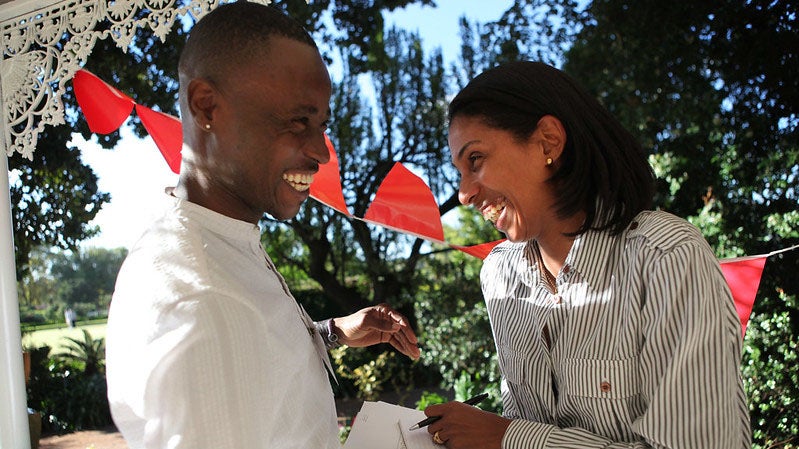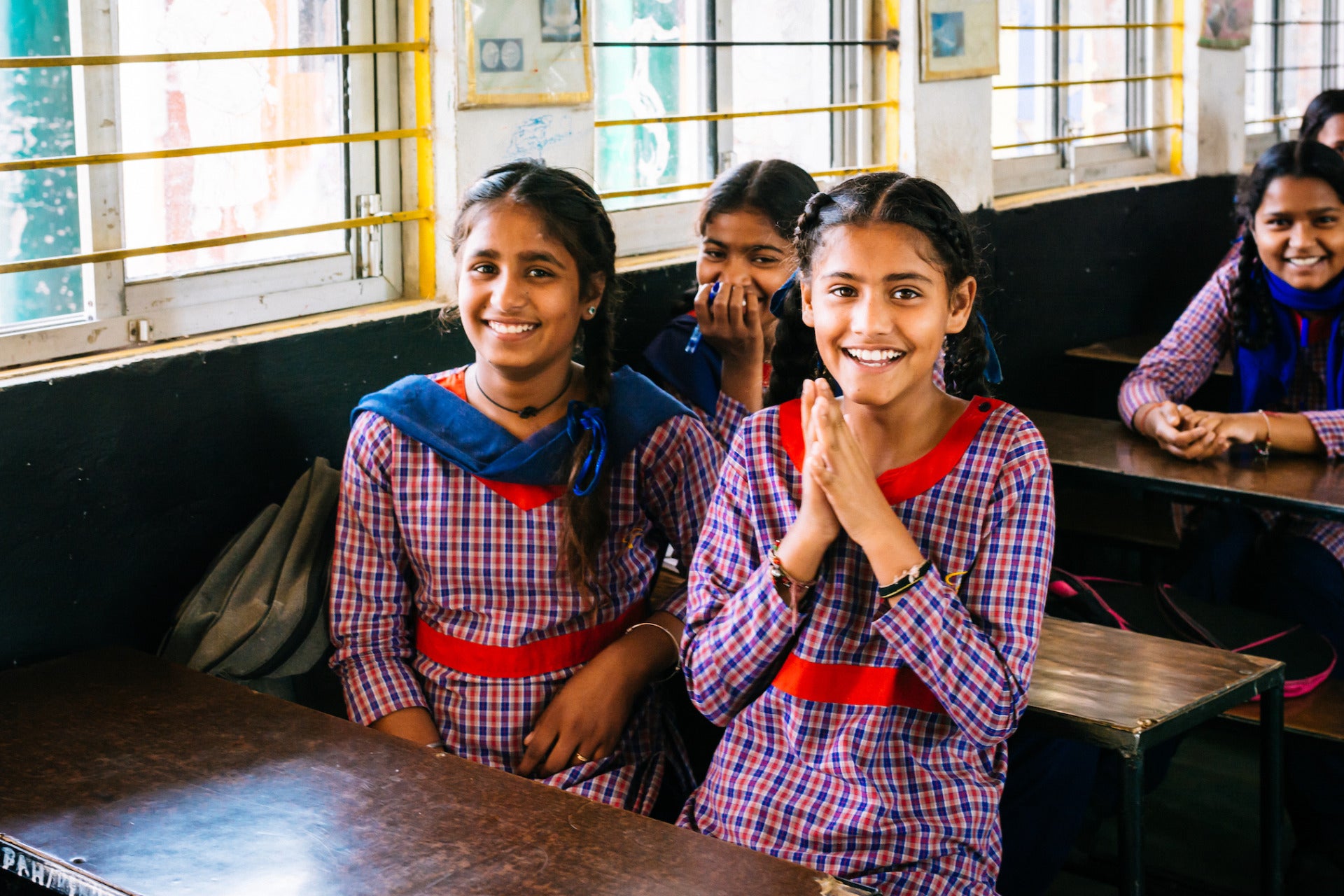DONNA SHALALA is president and CEO of the Clinton Foundation and former Secretary of the US Department of Health and Human Services. She spoke at Spotlight Health on June 24th on a panel called “Girls, Unleashed.” We caught up with Shalala to learn more about why investing in girls and women worldwide will impact everyone.
Earlier this year, while visiting the Young Women’s Leadership School in East Harlem, New York, I asked a group of students what the Clinton Foundation could do for them. A girl raised her hand and replied, “Just make me strong inside.” I promised her we would.
We stand at a critical moment for delivering on the promise of equality and opportunity for girls and women worldwide, including here in the United States. Over the last two decades, we have seen increased public awareness that women’s rights and full participation in society are critical to economic prosperity and global security, yet we continue to fall short of achieving equality. We’ve made important gains in the last few decades, but research shows us that large gaps remain.
No Ceilings: The Full Participation Project is an initiative of the Clinton Foundation that aims to advance and inspire the full participation of girls and women around the world, in all facets of life. The Clinton Foundation and the Bill and Melinda Gates Foundation joined forces to inspire action; together, we gathered global data on the status of girls and women to understand how far we’ve come since the 1995 United Nations Fourth World Conference on Women and Beijing Platform for Action. Last year, we released the “Full Participation Report” and accompanying website, NoCeilings.org — based upon more than 850,000 data points collected from 190 countries — revealing both gains and gaps for girls and women since 1995.
First, the good news: we know that progress is possible. Globally, girls and boys are entering primary school at nearly equal rates, maternal mortality has nearly halved, and more constitutions now protect women’s rights. Women are living longer and healthier lives; global life expectancy for women has risen from age 69 to 73. In the U.S., women now outnumber men in universities. In recent years, we have seen countries like Malawi and Guatemala raise the minimum legal age of marriage to 18, and Canada appointed a gender-equal cabinet. These are significant changes.
Yet, we know that progress has been stagnant in other areas — and in some cases we’ve even lost ground. For example, women in the U.S. earn a smaller share of computer science degrees today than they did in the 1980s, and the maternal mortality rate in the U.S. has actually increased since 1995.
The most troubling data from the report reveals that too many girls and women are not seeing progress in their daily lives. Each day, more than 800 women still die due to pregnancy or childbirth-related complications, the vast majority of which are preventable. Gender-based violence remains a global epidemic, with 1 in 3 women suffering physical or sexual violence in her lifetime. Women still account for nearly two-thirds of the 781 million adults globally who cannot read or write. Women’s participation in the labor force has stalled in the past 20 years, and despite recent progress globally in access to bank accounts, the gender gap has remained stagnant.
Further still, recent gains for girls and women have not been shared by all. Geography, income, age, race, ethnicity, disability, sexual orientation, and cultural norms, among other factors, remain powerful determinants of a woman’s chance at equal rights and opportunities.
But the data also revealed something else: gender equality won’t just change the lives of girls and women — it will change the world.
Want to defeat poverty? Invest in women.
Want to combat climate change? Invest in women.
Want to reduce violence? Invest in women.
When more women participate in the workforce and are supported to do so, GDPs grow. When more women are on executive boards, productivity increases — and many studies suggest profitability does, too. When women receive an education, the risk of child mortality decreases. When women are decision-makers for climate action — as managers of water, cooking fuel, and other household resources — they find innovative ways to make their communities more resilient. And growing research suggests that the security of women and the security of states are intrinsically linked. The evidence is right in front of us. Investments in gender equity are among the smartest we can make.
The Clinton Foundation is committed to investing in girls and women by making sure all of our initiatives in some way help advance their opportunities and close the gaps. We’ve set targets for women’s participation in our farming projects in Malawi, Tanzania, and Rwanda. We’ve launched the Women in Island Energy Leadership Network to foster women’s leadership and mentorship in the energy sector across island states. We’ve launched the Women’s Health Codeathon Series to engage more female developers and designers in the field of digital health.
Together with the Alliance for a Healthier Generation we launched the #GirlsAre campaign to highlight the disparities between girls’ and boys’ physical activity rates around the country and inspire a new generation of strong, active women. Since 2005, members of the Clinton Global Initiative have also made commitments to action that have supported more than 11 million women and girls. Our programs are covering a lot of ground, but — along with our partners from across all sectors — we won’t stop until the gaps are closed.
All of us — girls and women, boys and men — have a responsibility to work together to achieve gender equality. We have a responsibility to ensure women’s equality under the law and in practice, as well as to eliminate social barriers that limit girls’ and women’s potential, and to provide resources, opportunities, and role models. All of these efforts will help to make girls strong inside. Building a better future for girls and women is not just the right thing to do, it is the smart thing to do. Together, we can not only inspire full participation, but achieve it.
To learn more about the work of the Clinton Foundation, visit www.clintonfoundation.org.

